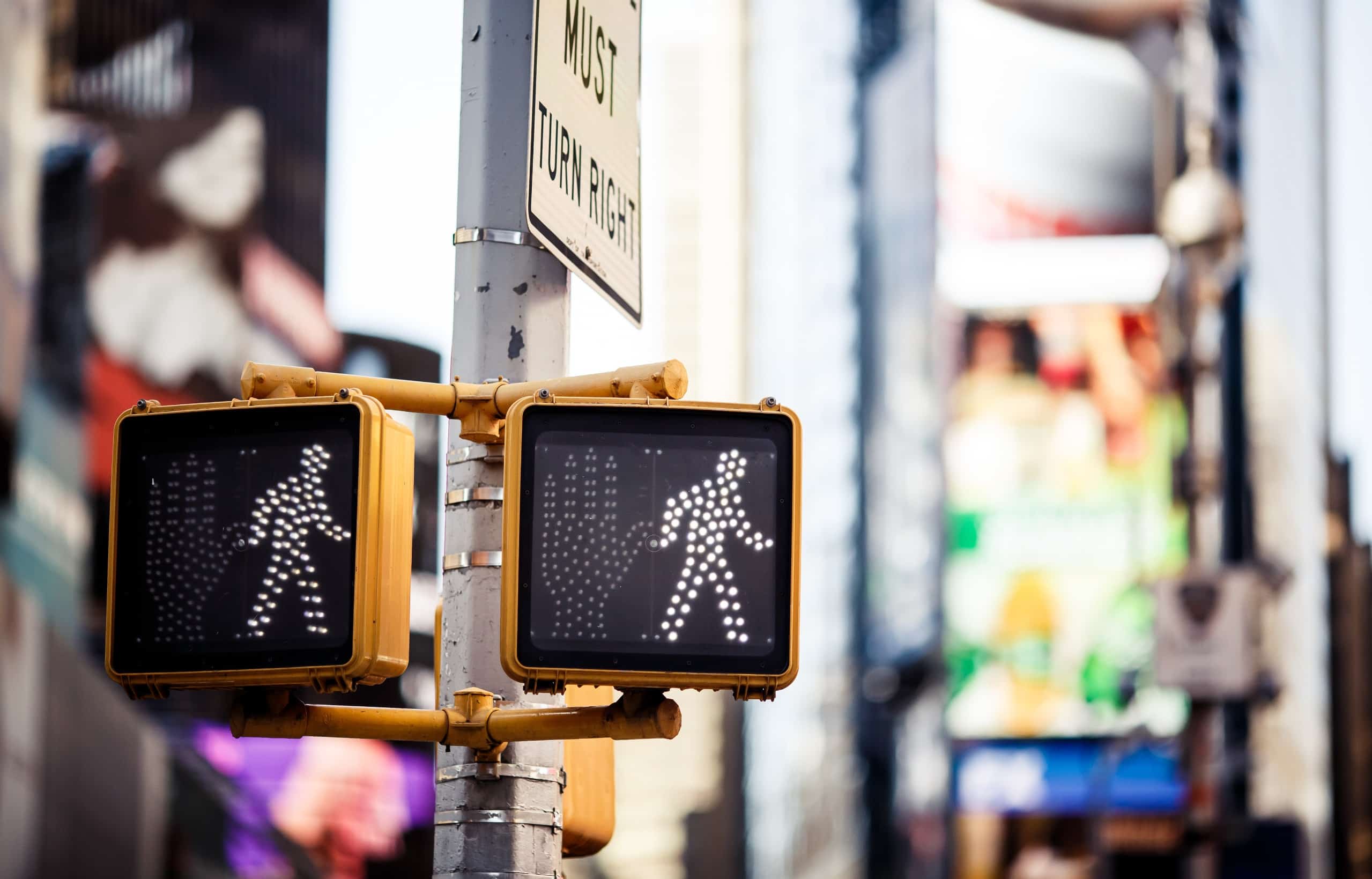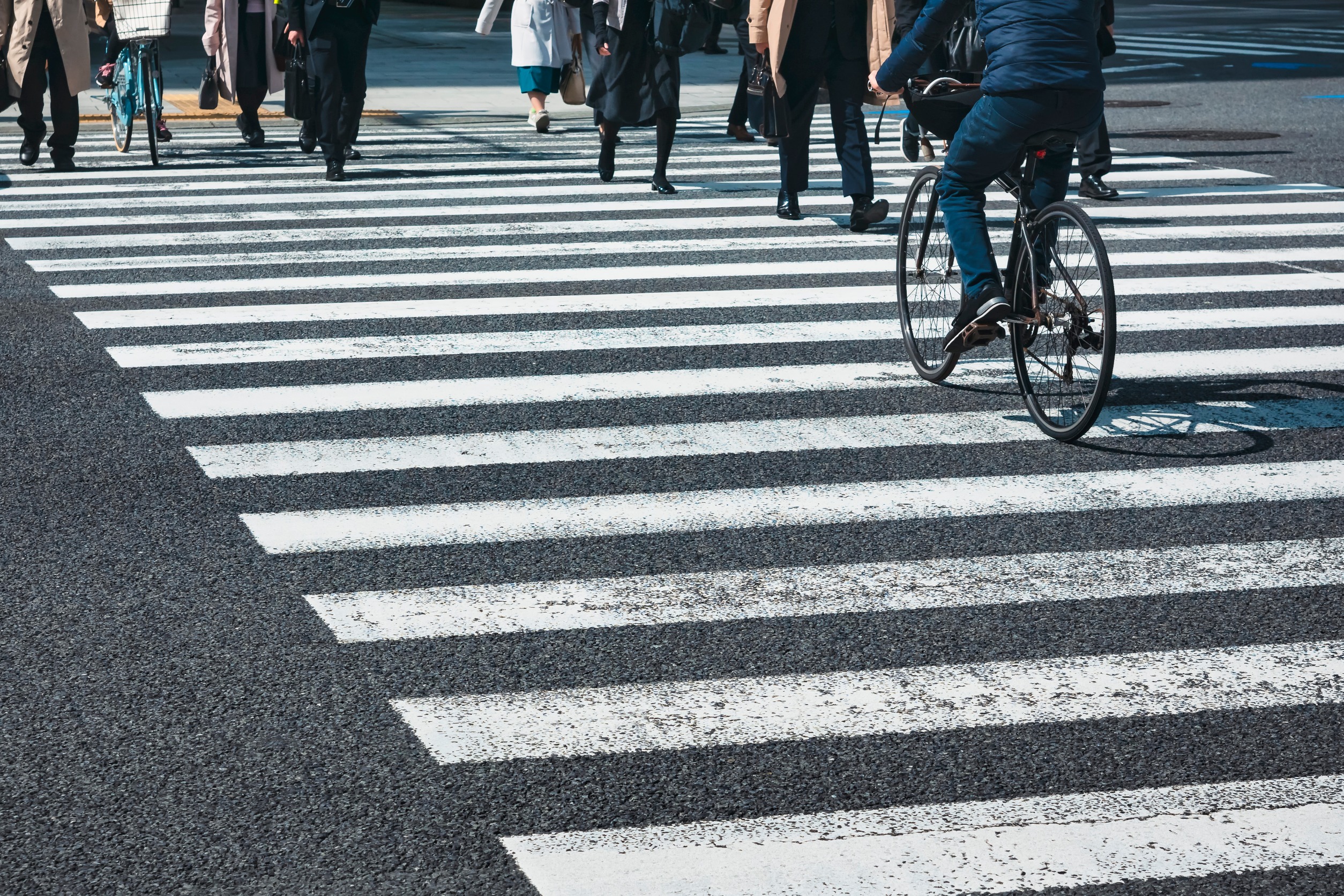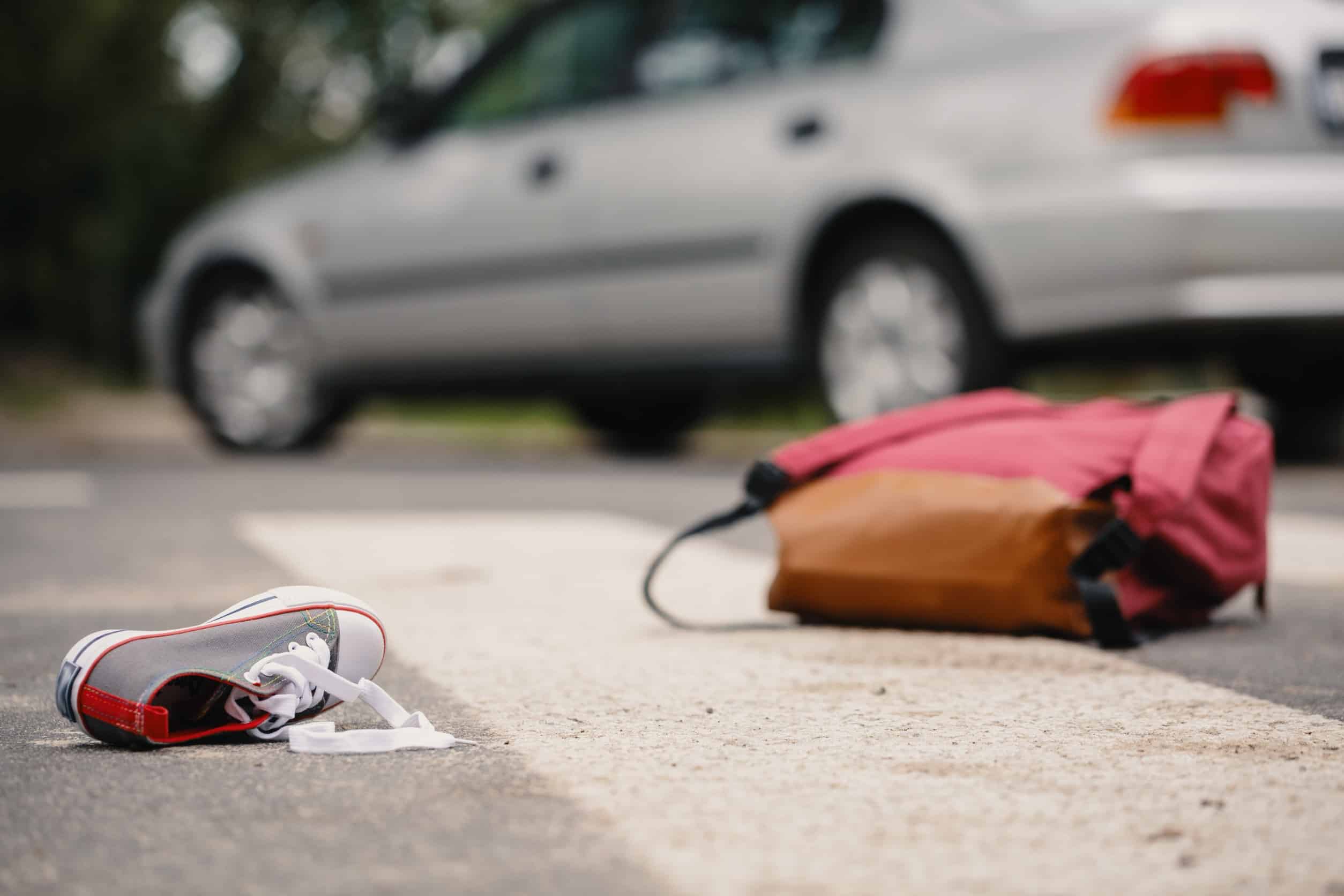
New York, particularly New York City, has a lot of pedestrians. Many people use the streets daily, both behind the wheel and on foot, so accidents are bound to occur, naturally.
That’s why every person needs to understand what the pedestrian laws are in New York. Knowing what to do in the event of an accident is essential, since there are so many pedestrians on the streets.
Do pedestrians always have the right of way? Can they be negligent?
Pedestrians and the Right of Way in New York
It’s not uncommon for people to think pedestrians have the right of way on public roads. So that means that, even in situations where a pedestrian isn’t paying attention, the driver of a motor vehicle should be the one who yields to them. But is this true?
In certain situations, a pedestrian has the right of way in New York. The law in the state says that at crosswalks, pedestrians always have the right of way. Crosswalks may be marked, but even in instances where they are not, but there is an intersection, those on foot have the right of way. That doesn’t mean that pedestrians don’t have to follow the rules.
Pedestrians have to obey electronic signs at intersections with traffic lights. So, if the sign indicates that it’s time to walk, they can walk and have the right of way. But if they have the “don’t walk” signal, they do not have the right of way. In this situation, anyone in a motor vehicle must yield to people crossing the street.

Using Sidewalks
When on sidewalks, pedestrians always have the right of way. However, they must use these sidewalks to walk and not use the street, as long as the conditions are safe and a sidewalk is available. A car must yield to pedestrians, especially when crossing sidewalks, driveways, or alleys.
On the Shoulder
When it comes to road shoulders, pedestrians have the right of way if no walkway or sidewalk is available. However, the pedestrian should use the side of the road facing traffic for increased visibility. When a pedestrian is on the shoulder, drivers must exercise care.
Roundabouts
Roundabouts are more complex to traverse when in a vehicle, and pedestrians can make them even more confusing. Anyone on foot using a roundabout is not supposed to cross to the center but, instead, follow it in one direction facing traffic. They are supposed to wait for a gap in traffic before crossing, but drivers must remain aware of this.
Pedestrians only sometimes have the right of way, however. There are some particular instances in which they do not. For example, no one on foot is allowed to enter a traffic lane. If they block the road by doing so, drivers should take action to avoid an accident reasonably, but the pedestrian is not acting legally. If it’s impractical for a driver to yield, the state law says that pedestrians should not enter the street. In New York, pedestrians cannot use interstates or highways, including off-ramps.
When pedestrians violate traffic laws, the person driving a car must take the necessary actions to avoid an accident. That’s why pedestrians can successfully bring claims even when an accident occurred at a time when they may not have had the right of way.

Bringing a Lawsuit
Those involved in pedestrian accidents can be severely injured, which is why personal injury lawsuits get filed. After all, victims can face high medical costs and incur significant losses when they are injured in a pedestrian accident. In cases where a negligent party caused the accident, you are entitled to compensation to help you get back on your feet.
Attorneys that specialize in helping people to recover damages for pedestrian accidents can help them to obtain the following damages in a personal injury lawsuit:
- Medical expenses
- Future medical expenses
- Pain and suffering
- Post-traumatic stress
- Loss of quality of life
- Emotional anguish
- Loss of wages and income
- Disability, both temporary and permanent
After a pedestrian accident, the financial losses can be significant. That’s why securing an experienced attorney as soon as possible after an accident is essential to get your life back on track as you recover.









